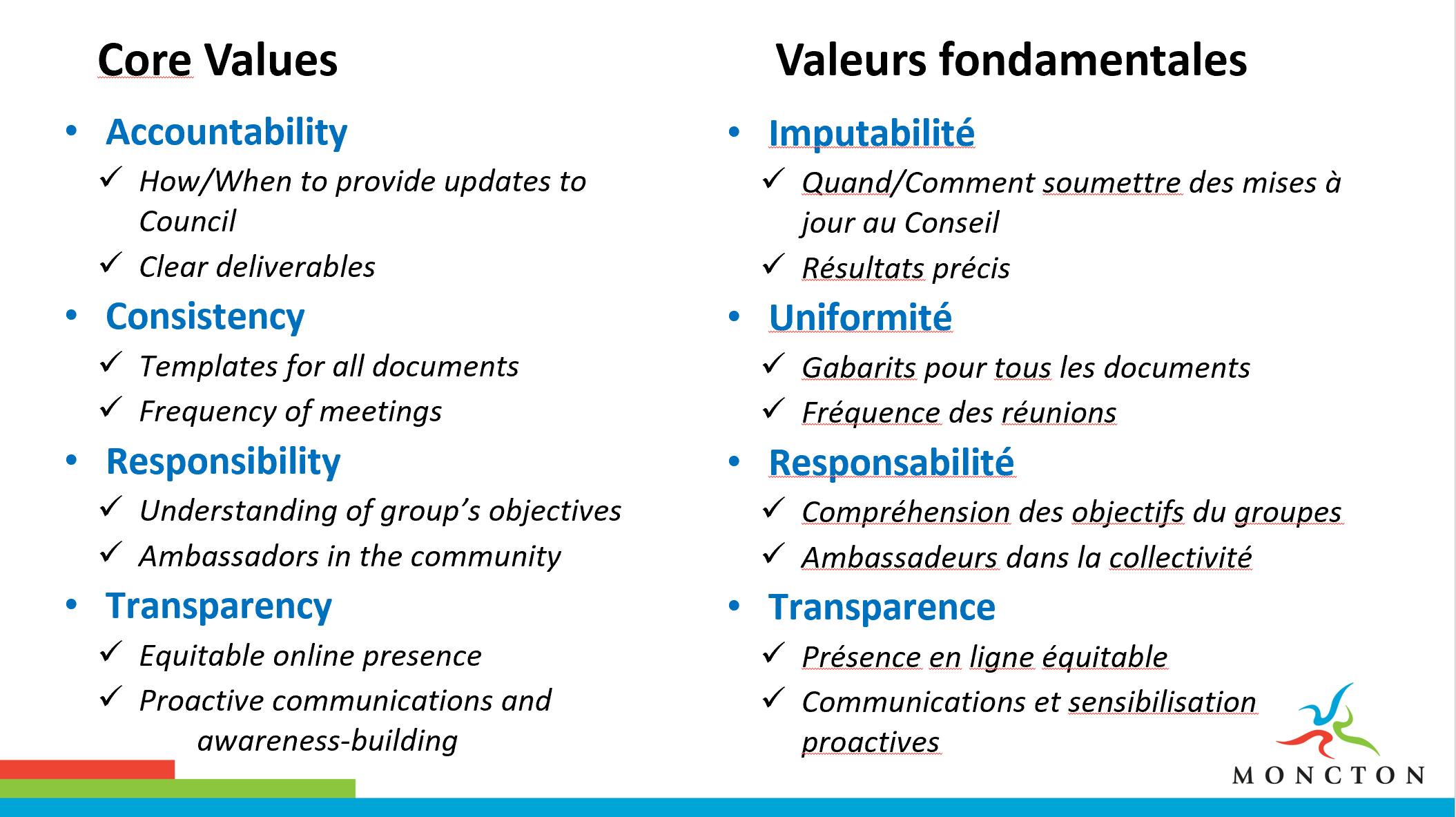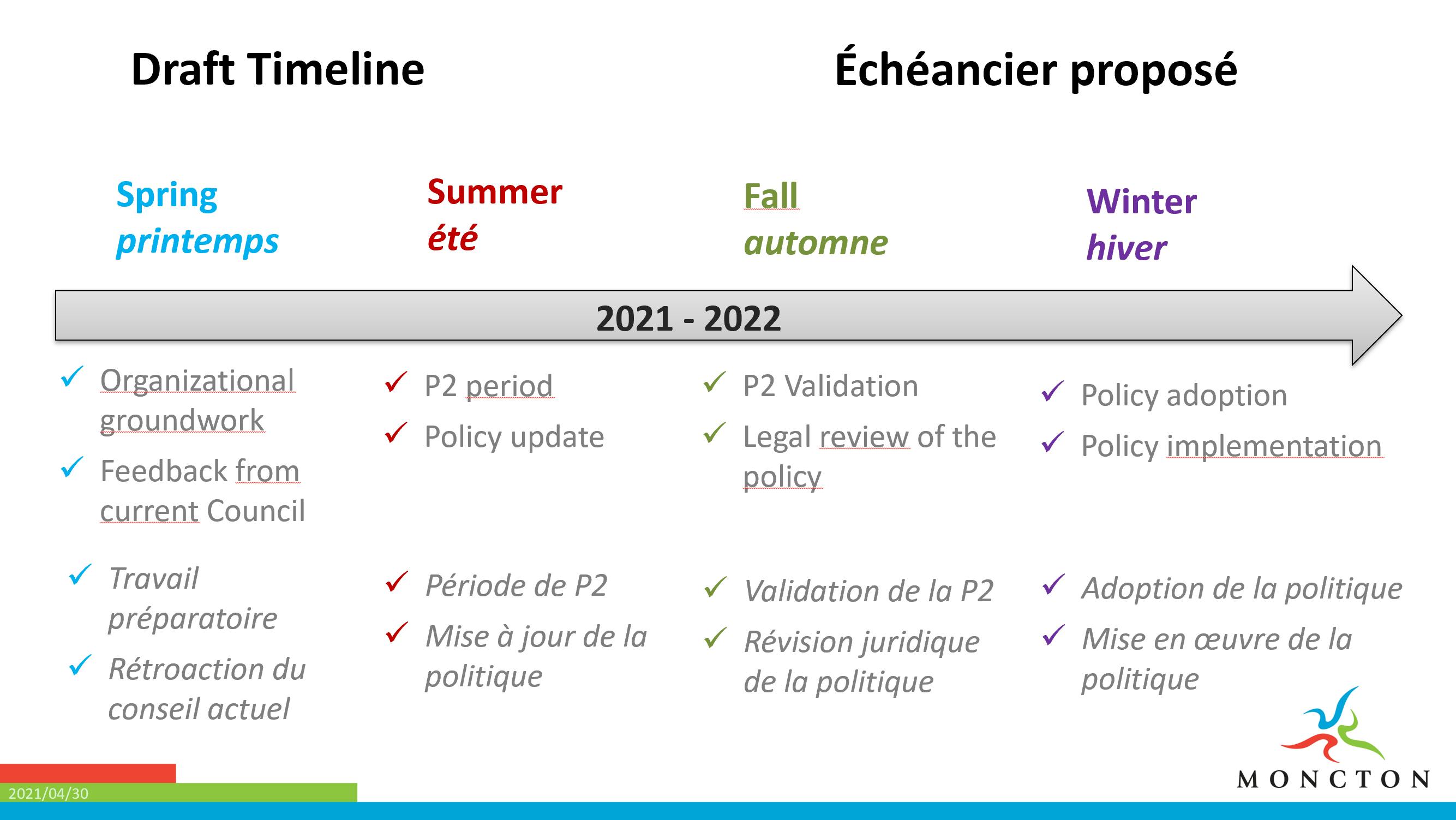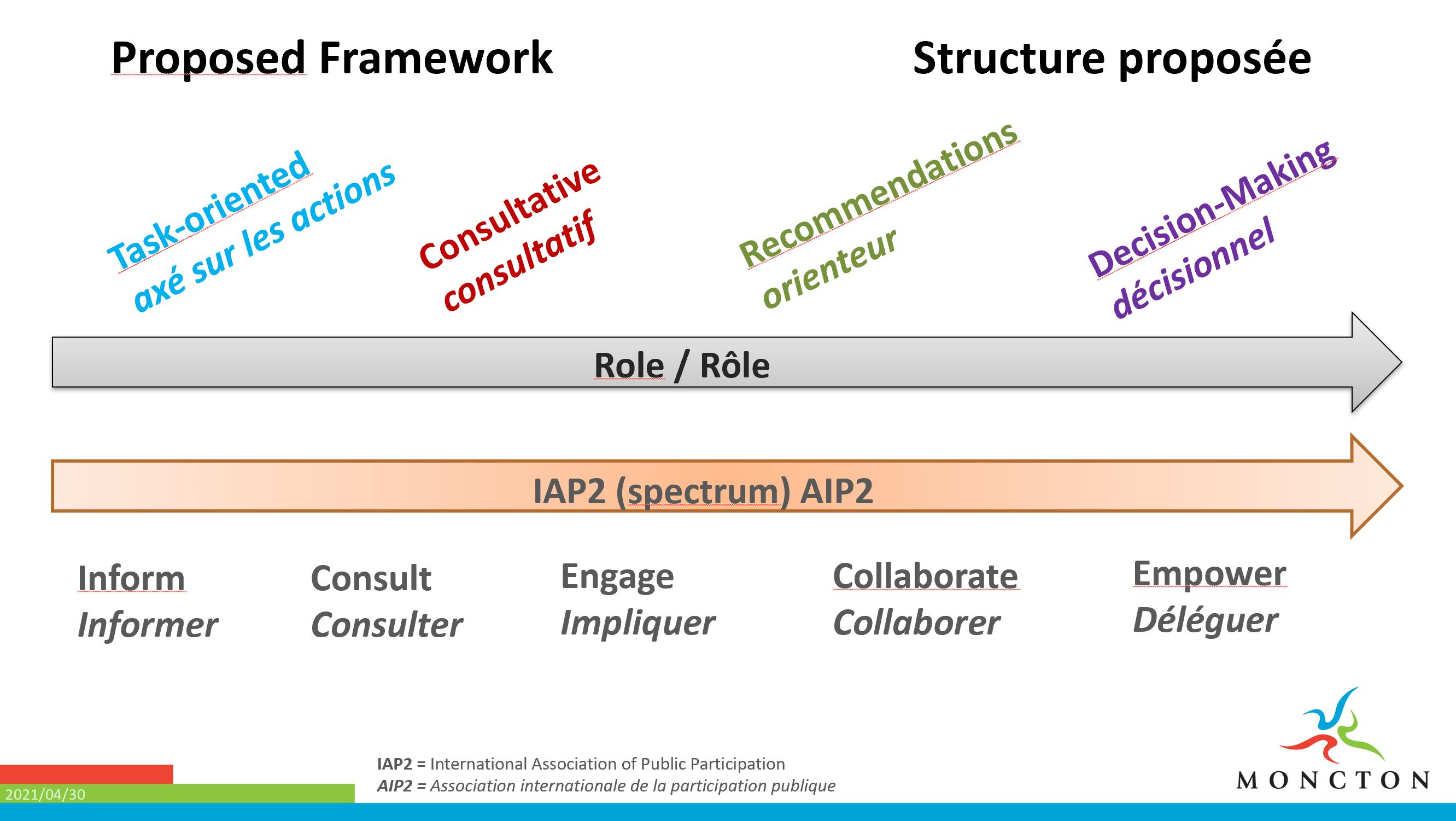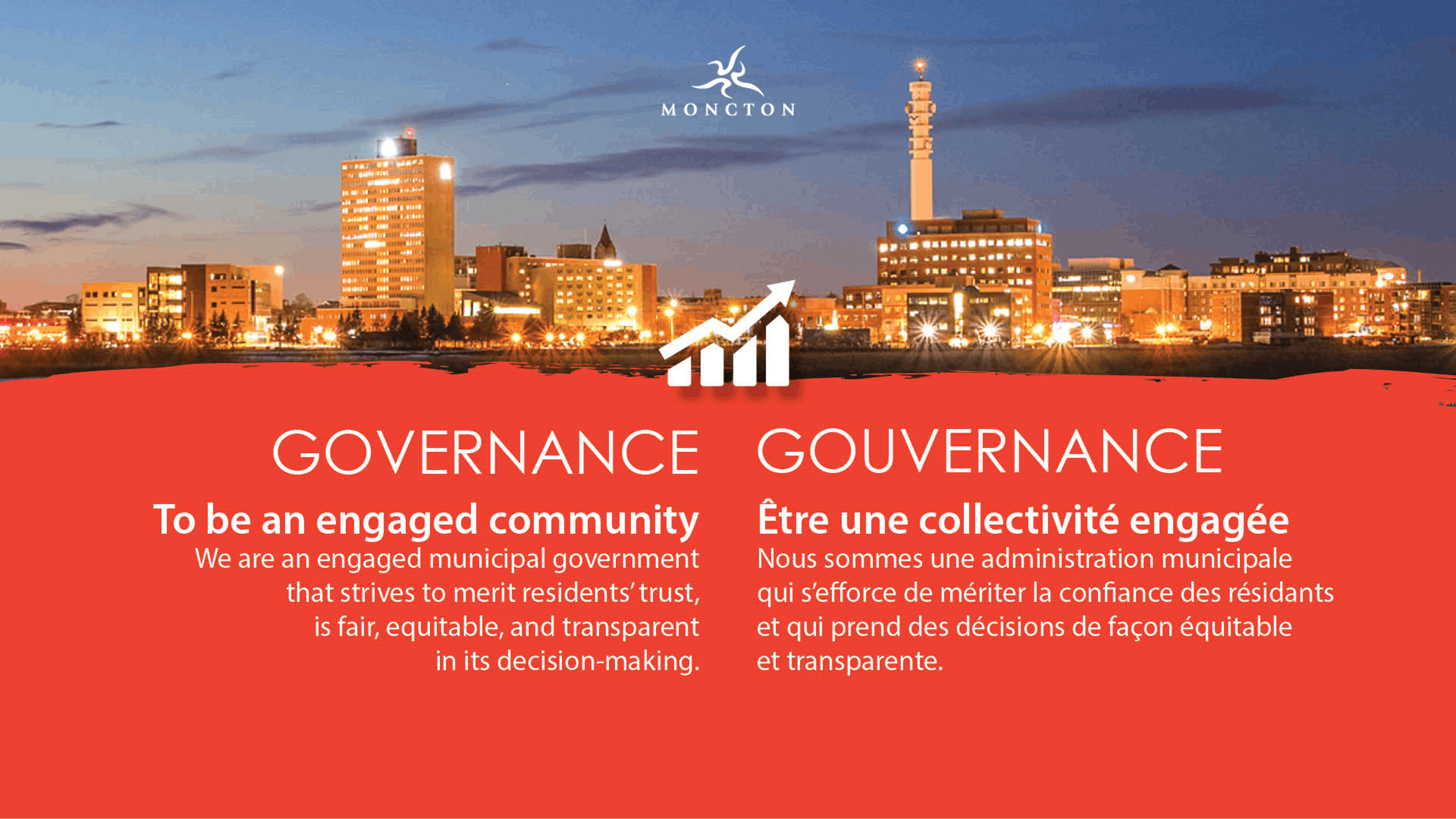Review of ABCCs (2021-2022)
Consultation has concluded

Introduction
As part of City Council's 2021 Strategic Plan, the following action was adopted under the Governance pillar:
Review Agencies, Boards, and Commissions.
In consultation with the Enhancing Democracy Committee, the following goals were established to undertake this initiative:
- Review current context
- Modernize approach
- Seek value-added opportunities
- Create thorough policy
- Focus on clarity, simplicity and impact
- Streamline processes
- Achieve consistency
WHAT ARE ABCCs?
- Agencies/Authorities
- Boards
- Commissions and Committees
These groups are essential to municipal governance, play various roles, usually include volunteer residents among their members, and support numerous quality of life initiatives for our community.
Some exist because they are required by provincial law or municipal by-laws, while others have been created by Council for the implementation of different plans, strategies or projects.
For some external groups, citizens are appointed as designates of City Council.
Initial reviews have counted nearly 20 internal groups, and approximately 30 external groups.
Internal groups are those created or logistically-supported by the City, while external ABCCs are community groups to which elected officials or citizens are appointed.
PROJECT FOCUS
Inspired by the Lean Six Sigma methodology, a working group has been formed to:
- Examine the current situation for both internal and external ABCCs.
- Establish guidelines relating to structure, Council and citizen representation, nomenclature, the appointment process, attendance-tracking, record-keeping, psychological safety, etc.
- Draft a policy.
THE PROCESS
Leaning on Public Participation (P2) best practices as outlined by the IAP2 (International Association of Public Participation), this project seeks to align the purpose of each ABCC with the P2 Spectrum.
As such, Phase 1 of the consultative process will seek the feedback of current members of all internal ABCCs, as well as external ABCCs to which the City of Moncton makes appointments.
With the input submitted by those 180+ stakeholders, the working group will then categorize the ABCCs and establish related guidelines, for review and validation by stakeholders and residents; this is Phase 2.






